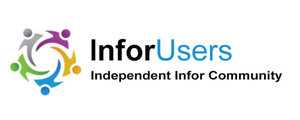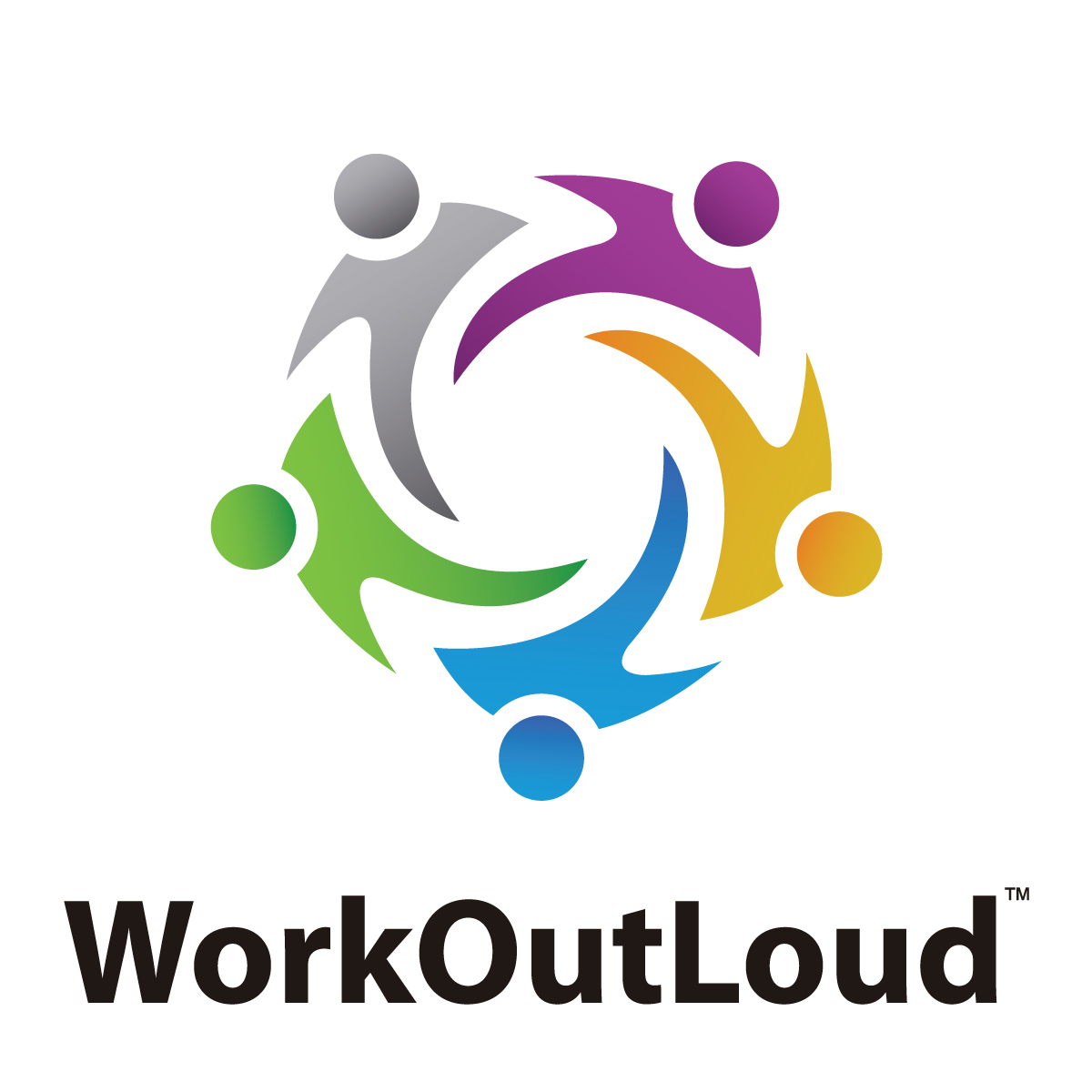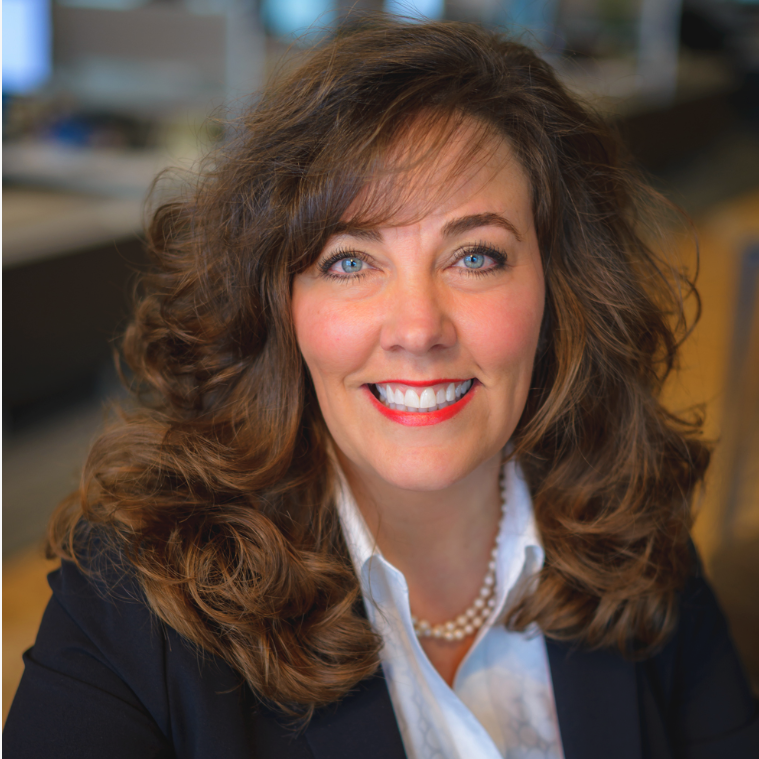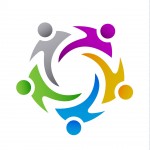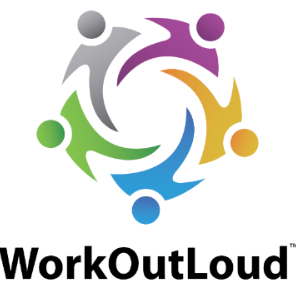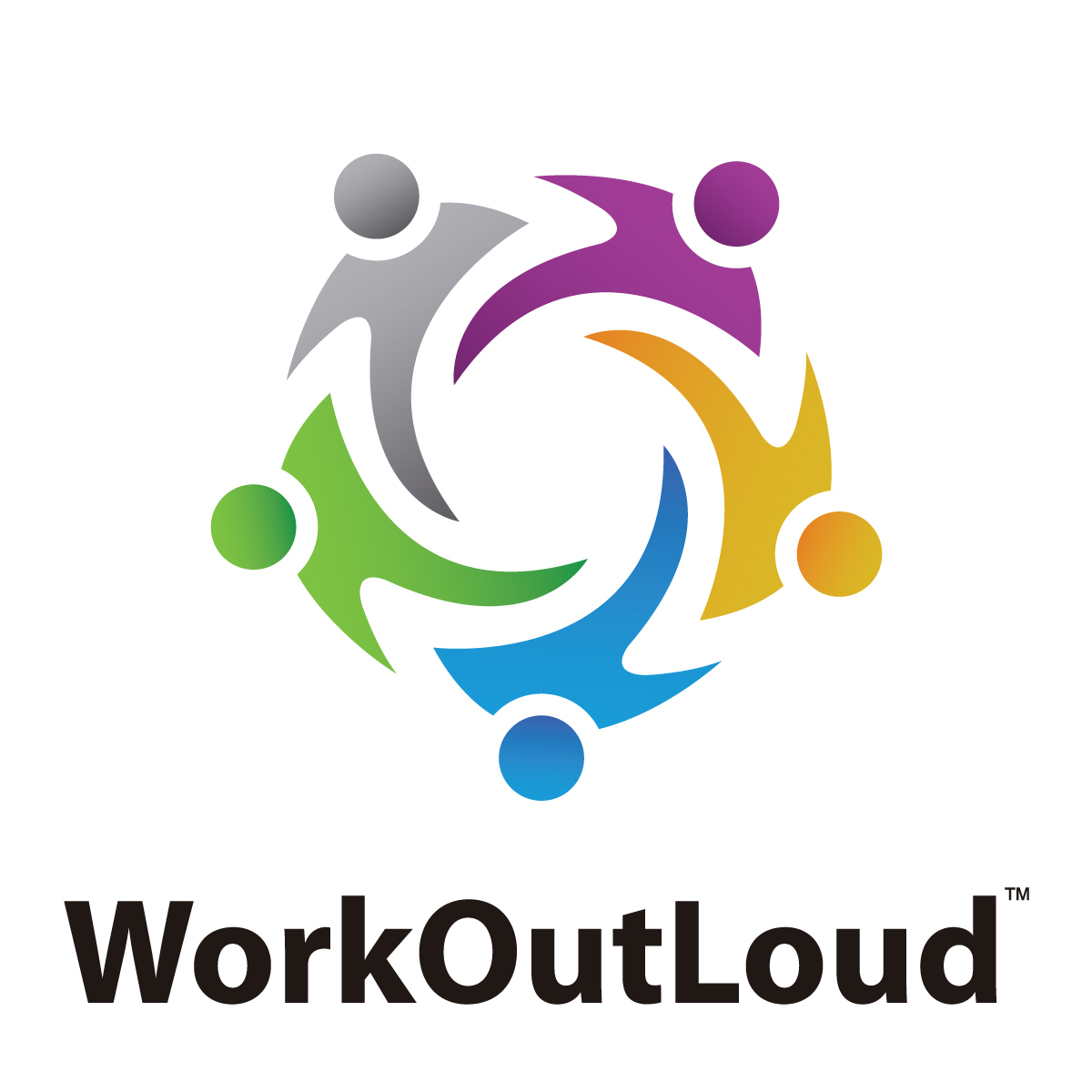In a world that’s constantly evolving, the power of community is often overlooked in favor of individual achievement or the latest technological innovations. Yet, when we take a step back and reflect on what truly drives progress, it’s clear: it’s the voices within our communities—the conversations, the collaborations, and the shared commitment to moving forward together—that make all the difference.
In this blog, we’ll explore how communities can navigate challenges efficiently, ensuring everyone’s voice is heard and fostering a sense of belonging and collective growth. After all, success isn't just about moving quickly; it's about moving together.
Building a Foundation of Trust and Respect
Efficiency in any community begins with a foundation of trust and mutual respect. WorkOutLoud has achieved this over the ten (10) years in business working with our valued partners, users groups, associations and many customers.
When individuals trust that their voices matter, and that they are listened to with empathy, they are more likely to contribute meaningfully to the conversation. Whether it’s a user group, a professional network, or an online forum, trust creates an environment where ideas flow freely, and people feel motivated to take part.
This means prioritizing active listening—where each person feels heard, not just acknowledged. It also involves creating spaces where diversity of thought is not just tolerated but celebrated. Diverse voices bring innovative solutions, fresh perspectives, and critical insights that can help the community adapt and thrive in an ever-changing world.
Collaboration Over Competition
In many settings, there can be an inclination to see collaboration as a competition: who has the best idea? Who can implement it most effectively? However, the real power lies in collective action. When communities come together to solve problems or achieve goals, the outcomes are often more sustainable and impactful than when individuals work in isolation.
Effective collaboration isn’t about one person or group dominating the process; it’s about recognizing the strengths of each member and pooling them to create something greater. Think of it as a puzzle—each person’s skills and experiences add a unique piece, and only when all the pieces fit together can the complete picture emerge.
Leveraging Technology to Connect, Not Compete
In the digital age, technology can either divide or unite. It’s easy to get lost in the noise of social media or distracted by the constant flow of information. However, when used purposefully, technology can be an incredible tool for connecting communities, streamlining communication, and sharing resources. Online platforms such as WorkOutLoud can give individuals in remote areas the opportunity to participate in global conversations, and virtual meetings can bring together people who might otherwise never meet.
However, the key to efficient digital collaboration is to ensure that technology serves a supportive, not disruptive, role. It should be used to amplify voices, not replace them. Tools like shared documents, collaborative platforms, and video calls can help communities stay connected and organized without overwhelming them.
Encouraging Active Participation
Community efficiency isn’t solely about having systems in place—it’s about ensuring that everyone is actively engaged. A community can only thrive if its members are committed to the collective good and willing to contribute their time, talents, and ideas. This participation can take many forms, from volunteering and sharing expertise to simply offering support to others in times of need.
A great way to foster active participation is to create an inclusive environment where everyone feels valued. Encourage people to speak up, ask questions, and voice concerns. When people feel like their contributions are recognized, they are more likely to stay involved and invested in the success of the community.
Continuous Learning and Adaptation
Lastly, an efficient community is one that recognizes the importance of continuous learning. The world is constantly shifting, and the challenges we face today may look very different tomorrow. A community that is open to adapting its strategies, learning from its mistakes, and finding new ways to navigate change is one that will continue to thrive.
This process of learning is enhanced when communities share their experiences openly and collaboratively. In this way, setbacks aren’t seen as failures but as opportunities for growth. As members of a community, we all have something to teach and something to learn.
Moving Forward Together
The path to a more efficient and harmonious community doesn’t lie in isolating individual efforts or expecting instantaneous results. It’s about fostering relationships, actively engaging with one another, and building systems that support both the individual and the collective.
Communities are most successful when they are rooted in respect, collaboration, and a commitment to learning and growth. As we continue to face challenges—whether local or global—our best chance for navigating them successfully lies in the strength of our collective voices. Together, we can do more than just survive. We can thrive.
Let’s keep the conversation going…
- What strategies have you found to be most effective in navigating community challenges?
- How does your community collaborate and adapt to change?
